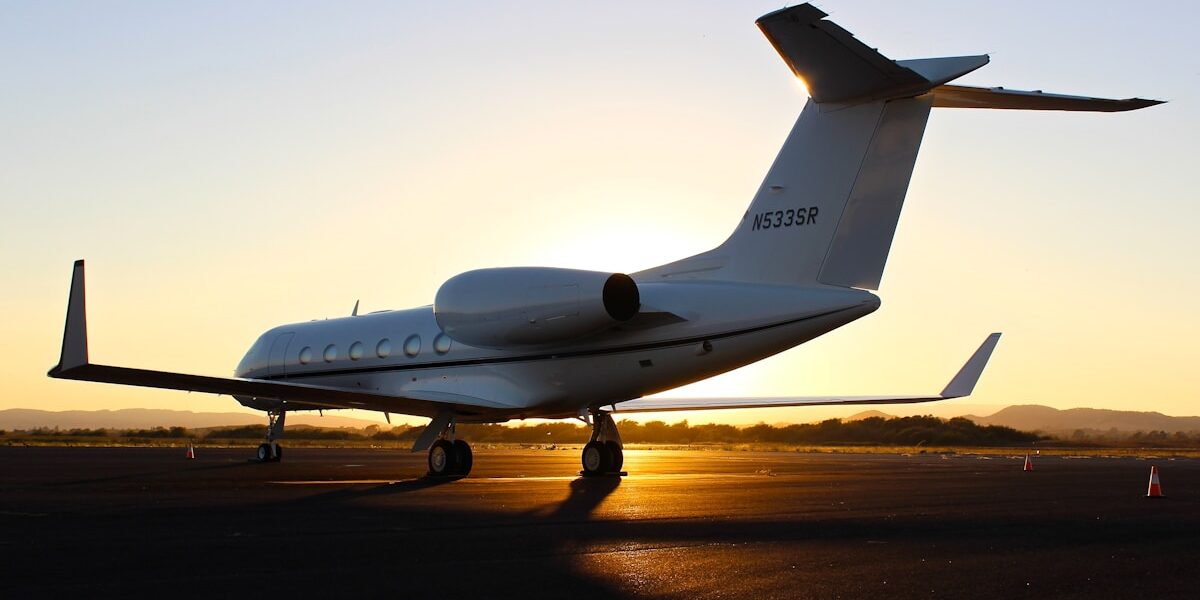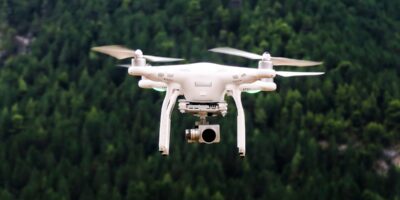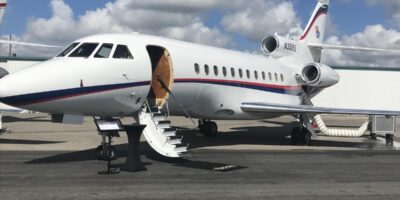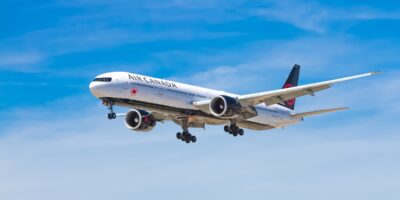Aircraft have revolutionized transportation, allowing us to cross vast distances in a fraction of the time it once took. Broadly categorized into four types, each kind of aircraft serves a distinct purpose and is uniquely designed to meet different demands of travel, cargo transport, military defense, and other specialized activities. In this article, we will explore the four primary types of aircraft: Fixed-Wing Aircraft, Rotary-Wing Aircraft, Lighter-Than-Air Aircraft, and Unmanned Aerial Vehicles (UAVs), providing insights into their design, uses, and technological advancements.
**1. Fixed-Wing Aircraft**
The most common and widely recognized type of aircraft is the fixed-wing aircraft. As the name suggests, these aircraft have stationary wings that generate lift due to the aircraft’s forward airspeed. They range from small single-engine planes to large multi-engine jet airliners. Fixed-wing aircraft are primarily used for commercial passenger travel, cargo transport, and personal leisure. The design efficiency and ability to cover long distances quickly make them a cornerstone of modern transportation. Examples include the Boeing 747 and the Cessna 172.
**2. Rotary-Wing Aircraft (Helicopters)**
Rotary-wing aircraft, commonly known as helicopters, feature one or more horizontal rotors, which allow them to take off and land vertically. This capability makes helicopters ideal for use in congested or isolated areas where fixed-wing aircraft cannot operate. They are invaluable for rescue operations, medical emergencies, and military missions where quick deployment or evacuation is required. The ability to hover and perform extremely agile maneuvers also suits them for tasks such as traffic monitoring, firefighting, and construction.
**3. Lighter-Than-Air Aircraft**
This category includes balloons and airships that are buoyant in the atmosphere due to being filled with a gas lighter than air, such as helium or hydrogen. Historically significant, lighter-than-air aircraft were among the first successful human-carrying flight technologies. Today, they are mostly used for advertising, tourism, and surveillance purposes. Modern airships are equipped with engines and rudders, allowing for better control and usability, making them an eco-friendly option for short-range tours and observational activities.
**4. Unmanned Aerial Vehicles (UAVs)**
Also known as drones, UAVs are aircraft systems that operate without a human pilot onboard. They are controlled remotely by a human operator or autonomously by onboard computers. Originally developed for military purposes, where they were used for missions too ‘dull, dirty, or dangerous’ for humans, UAVs have expanded into the commercial and recreational sectors. They are now commonly used for aerial photography, surveying, agriculture, and even package delivery.
Each type of aircraft plays a crucial role in its respective field, utilizing specific technologies tailored to meet its operational requirements. The ongoing advancements in aviation technology continue to enhance the capabilities and efficiencies of these aircraft, promising even more innovative and effective applications in the future. As we continue to rely on these remarkable machines, understanding their types and uses helps appreciate the complexities and advancements of human ingenuity in conquering the skies.




Leave a Reply